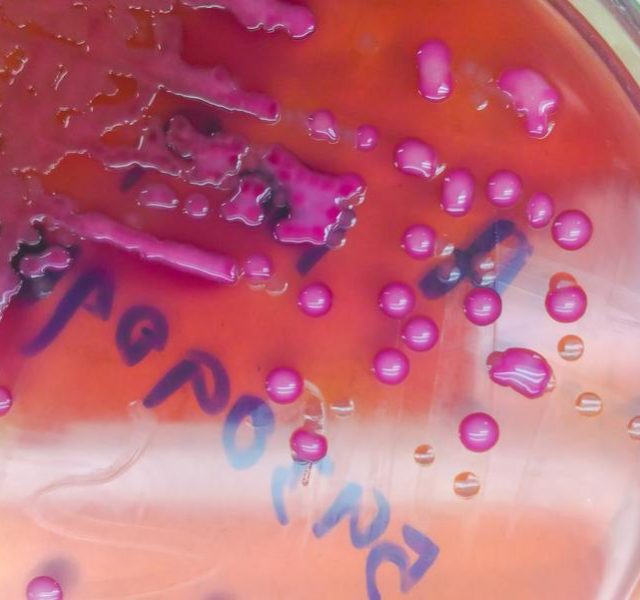

Gonorrhoea can also infect the rectum (back passage). The most common areas for gonorrhoea infection to develop are the cervix (entrance to the womb) and the urethra (the tube that pee passes through to leave your body). Gonorrhoea usually causes an infection in the genital area.

STIs may also be called sexually transmitted diseases (STDs) if they cause a long term health problem, such as HIV. Gonorrhoea is most common in adults aged from 15 to 24 years old and is the second most common STI in the UK. This includes vaginal, oral and anal sex. Gonorrhoea is a sexually transmitted infection (STI), which means it is spread through close sexual contact. In the past, gonorrhoea has sometimes been called ‘the clap’. Gonorrhoea is an infection caused by a bacteria called Neisseria gonorrhoeae. If untreated, you could also pass gonorrhoea to your sexual partner. This includes pelvic inflammatory disease (PID) and infertility. This is because if left untreated, gonorrhoea can lead to further health problems. If you have gonorrhoea, it’s important to have treatment even if you do not have symptoms. 1 in 10 men with gonorrhoea will not have symptoms.5 in 10 women with gonorrhoea will not have symptoms.Gonorrhoea does not always cause symptoms. Rarely, symptoms of gonorrhoea may not appear until some months after infection. Symptoms of gonorrhoea usually develop between 2 and 5 days after infection, but can develop as late as 10 days after infection. soreness, swelling, itchiness or redness of the penis in men.Discharge may be thick, or thin and watery. Discharge may look green or yellow in colour. The most common symptom of gonorrhoea is discharge from the vagina or penis.


 0 kommentar(er)
0 kommentar(er)
